Chances are, tamales are a holiday staple at your house.
But if you’re trying to stay away from lard this year, there’s no need to worry!
We’ve got 12 fantastic substitutions that will keep your tamales tasting rich and delicious.

Need a little more background?
Lard is the fat from a pig, and it adds a delicious richness and creaminess to tamales.
The hardest part about finding substitutes for lard is that it has some properties (like hydrophilic head groups, for example) that aren’t shared by all fats.
This can make it challenging to find replacements that will taste and feel like lard in the final product.
So, what’s the best substitute for lard in tamales?
The best substitute for lard in tamales is to simply use the same amount of vegetable shortening. Vegetable shortening is essentially pure fat and it’s just as effective as lard. However, if you’re looking to use a more natural ingredient, coconut oil is an excellent choice. Per 1/2 cup of lard, you can use 1/2 cup of solid coconut oil.
However…
Don’t get discouraged!
There are lots of options, and we’re here to walk you through them!
12 Best Substitutes for Lard in Tamales
Lard is a common ingredient in many tamale recipes.
However, there are several other options that can be used as a substitute in order to make tamales vegan or healthy.
Here are some of the best:
Grated, Cold Butter

When making tamales, it’s best to grate the butter and refrigerate it until you are ready to use it.
You will get better results if you try to cold cube the butter into the dough.
The reason for this is that when you grate the butter it will incorporate more easily into your masa dough than cubed butter would.
As an added bonus, grated cold butter has a lower melting point than cubes of cold butter.
Another tip to keep in mind with grated cold butter is that while it makes a good substitute for lard, its high-fat content can make your tamales too greasy if you’re not careful.
For example, if you use a cup of lard in your recipe then be sure to only use a cup of grated cold butter as a substitute; don’t add even more just because they look like they are different sizes!
Ghee
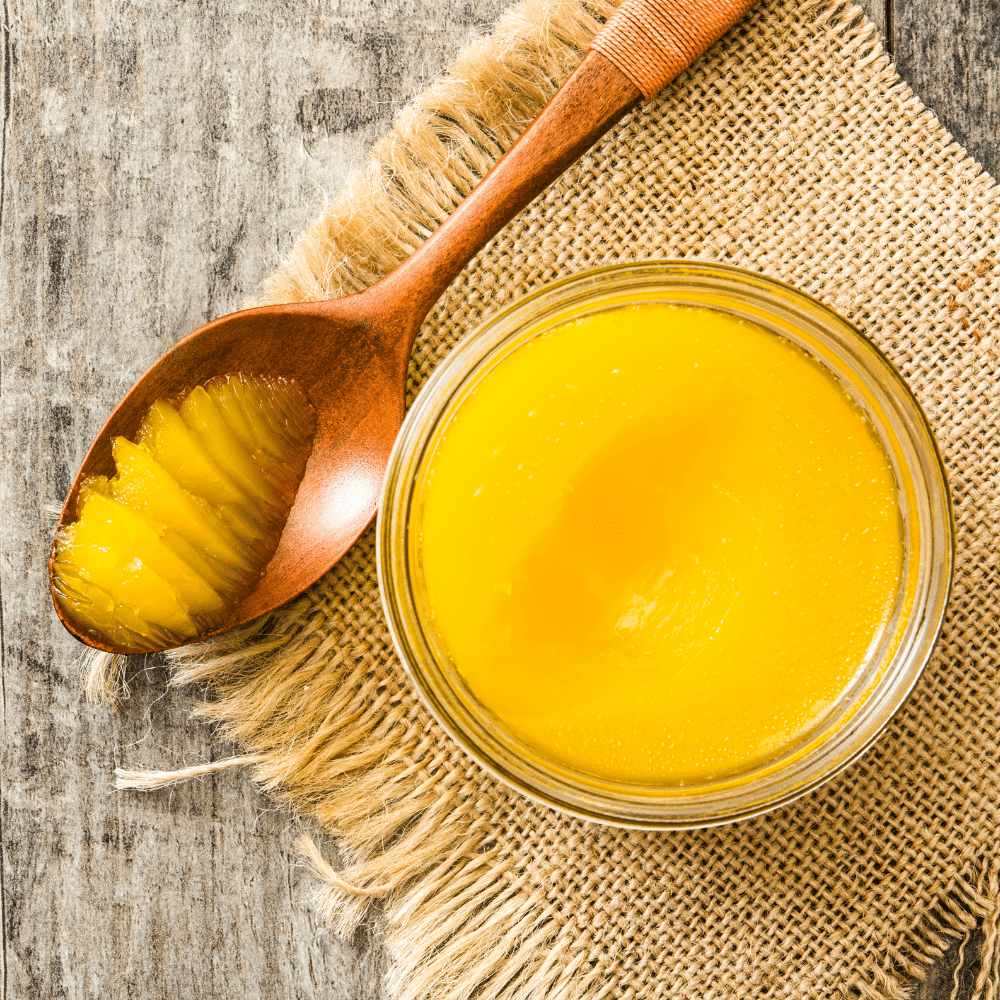
Ghee is a form of clarified butter.
To make ghee, you heat butter over low heat until the water evaporates and the milk solids separate from the fat, leaving behind a clear gold liquid.
The milk solids will sink to the bottom of your pot or pan. You can strain these out or leave them in for extra flavor.
You can buy ghee at grocery stores, many health food stores, or order it online at Amazon.
Use ghee in tamales like you would lard: add to masa while mixing and use as a spread on corn husks before adding filling and masa mixture.
If you’re making vegetarian tamales, melted ghee can be used to seal edges of corn husks instead of lard or oil (for an equally delicious treat).
Coconut Oil
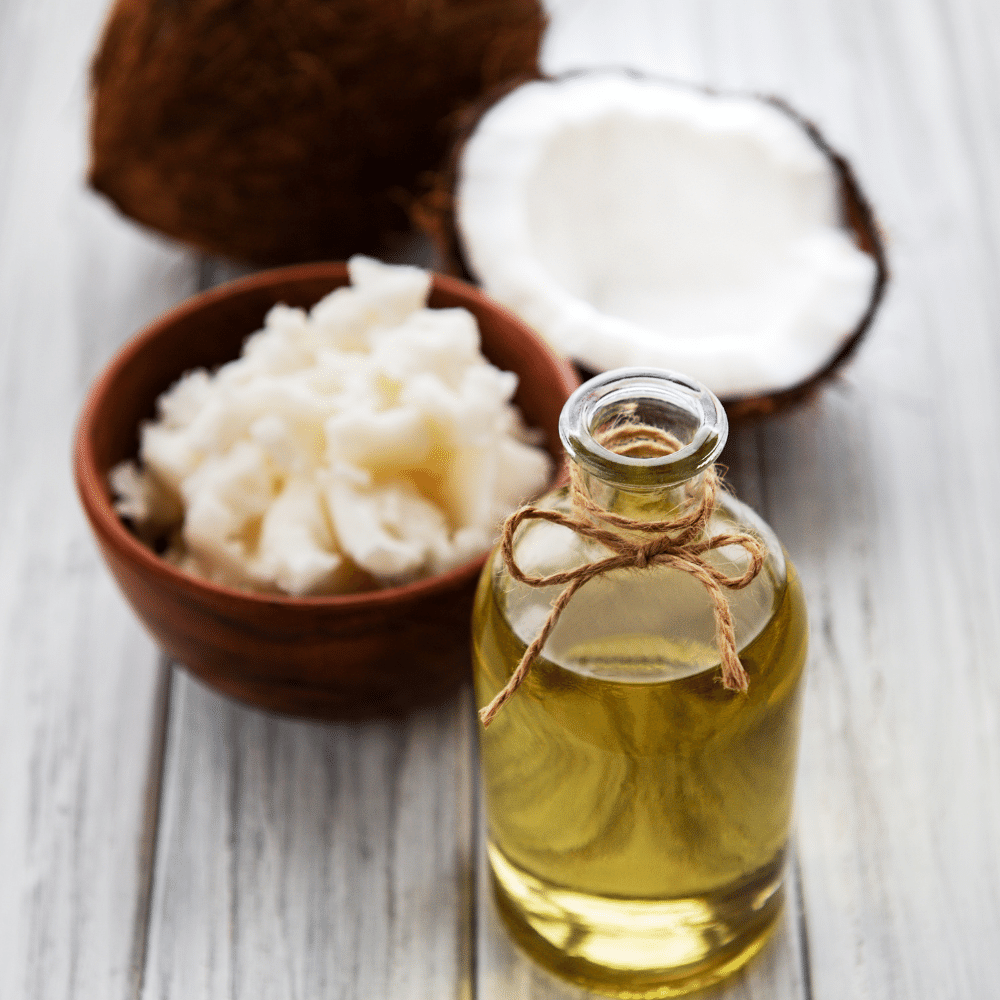
Coconut oil is a great fat substitute for tamales.
It’s a good source of medium-chain triglycerides, which are easier to break down and digest than other saturated fats.
If you don’t like the taste of coconut, however, it might not be your choice.
Its flavor is distinctive and will come through in tamales made with it.
Vegetable Shortening
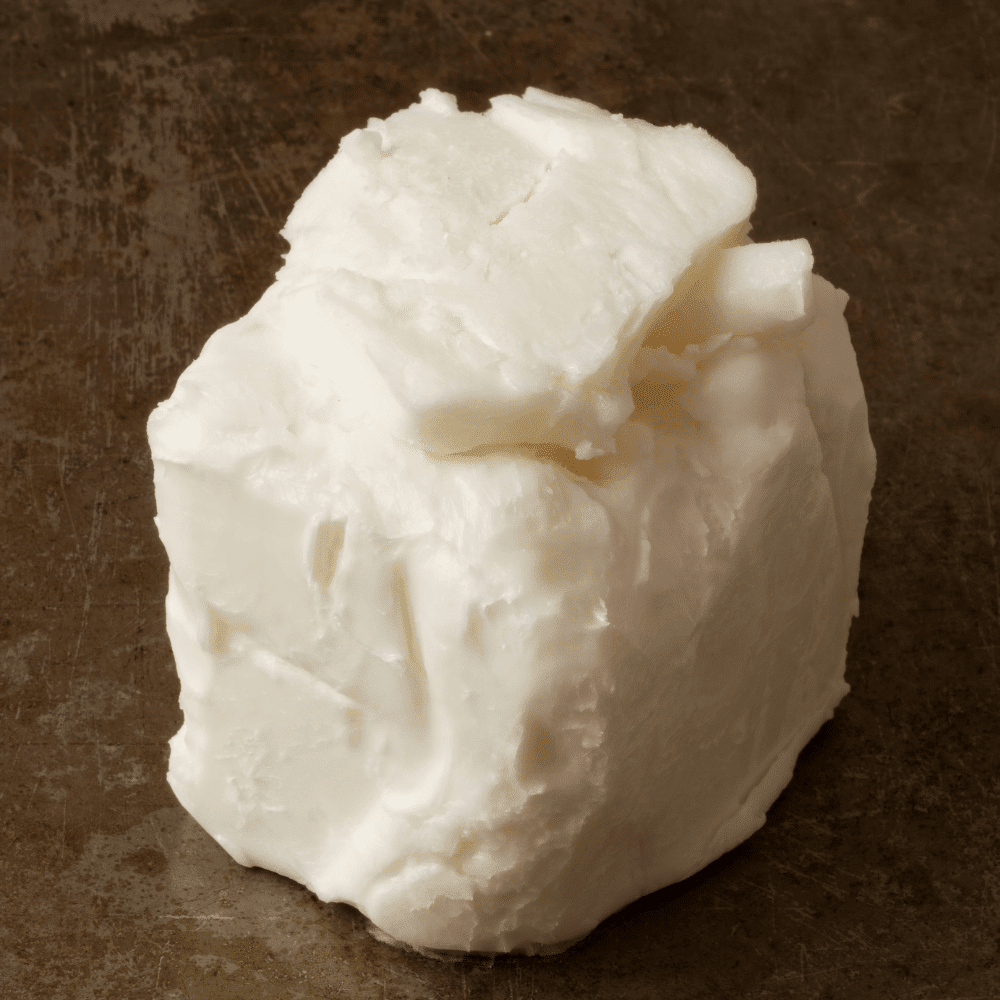
One of the most common options for lard substitute is vegetable shortening, which isn’t exactly healthy but does mimic the texture and flavor of lard.
Vegetable shortening is made from hydrogenated plant oils, usually soybean oil.
It has a similar texture but is not as flavorful as lard, though it may be more shelf-stable and easier to find in your local grocery store (depending where you live).
If you’re looking for something that will give your tamales the same mouth feel as lard would, vegetable shortening might do the trick.
Just keep in mind that it’s not exactly a health food, and if you want something with similar texture but less saturated fat, try another option instead!
Chicken Fat
If you want a fat that’s going to provide the same flavor as lard, chicken fat is a great substitute.
You can render your own chicken fat at home or you can buy jars of rendered chicken fat at many grocery stores and delis.
If you’re able, you should try to find schmaltz, which has more of a salty flavor like lard, rather than simply rendered chicken fat.
Duck Fat

While duck fat is a bit harder to find than most of the other alternatives on our list, it’s still widely available at grocery stores and online.
Duck fat has a subtle flavor that closely mimics lard’s meaty flavor.
It also features a high amount of saturated fat, which makes it an ideal substitute for tamale fillings.
Just like lard, duck fat will give your tamales an authentic taste and texture.
Furthermore, duck fat is often used in French cooking—particularly when making French fries!
If you’re interested in substituting lard with another animal-based product, then duck fat is a great choice for your tamales.
Avocado Oil

Avocado oil shares many similarities with lard in that it is also a saturated fat, which means it works well for baking.
It’s also an excellent source of vitamin E, which helps to protect your body from oxidative stress.
Being a plant-based fat, avocado oil is naturally high in heart-healthy monounsaturated fats.
Like coconut oil, some people choose avocado oil because of its natural antioxidant and anti-inflammatory properties.
There are two ways to use avocado oil as a lard substitute:
- you can melt down the solid lard and substitute melted avocado for the lard measurement by volume.
- you may be able to replace one cup of solidified lard with one cup of melted avocado oil.
If you’re going to experiment with this method, it’s recommended that you start out by substituting no more than half of the total amount of solid lard required in your recipe with avocado oil.
Almond Oil
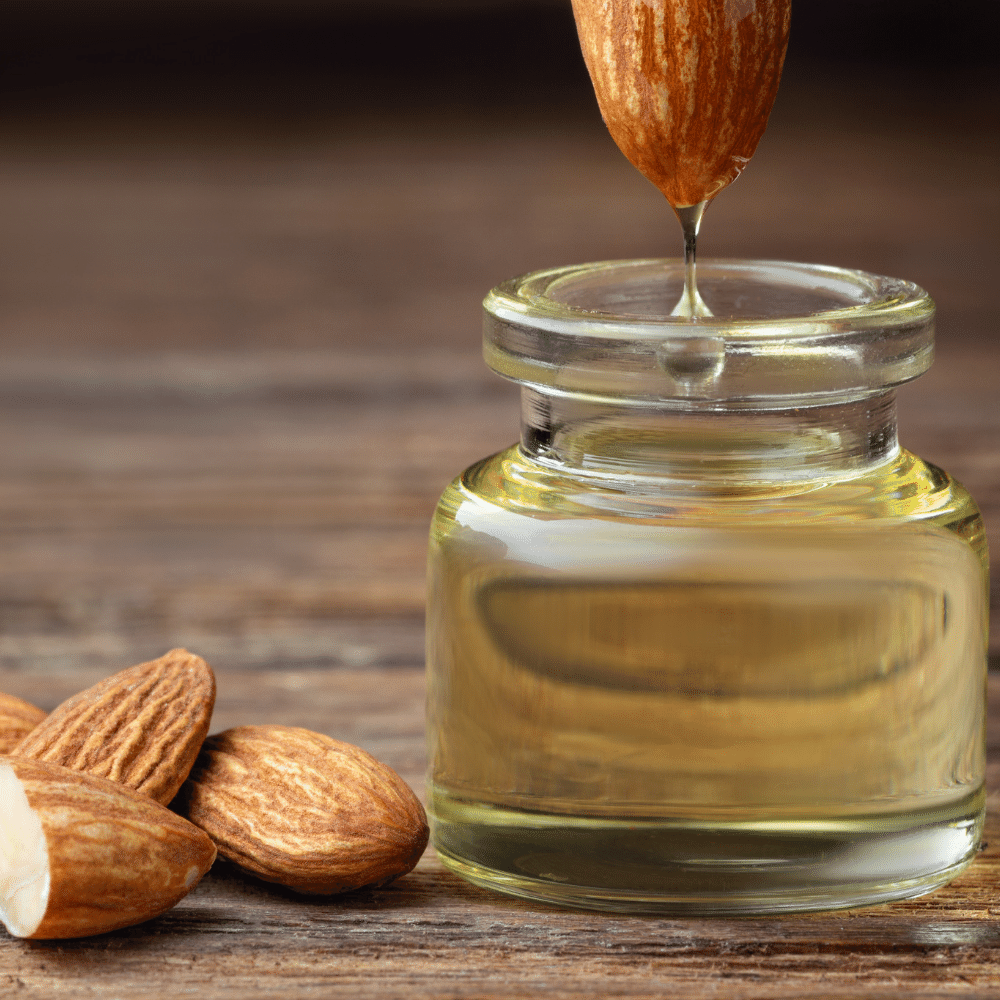
Almond oil is a good substitute for lard, vegetable shortening, coconut oil, and butter in tamales.
Use this option if you are looking for something light and simple.
This ingredient will blend seamlessly into the masa dough to provide some moisture and flavor.
It also has a high smoke point as it comes from almonds.
Because almond oil is lighter than other options like lard or shortening, you need to keep an eye on the cooking time of your tamales and make sure they do not dry out too much during the steaming process.
Olive Oil
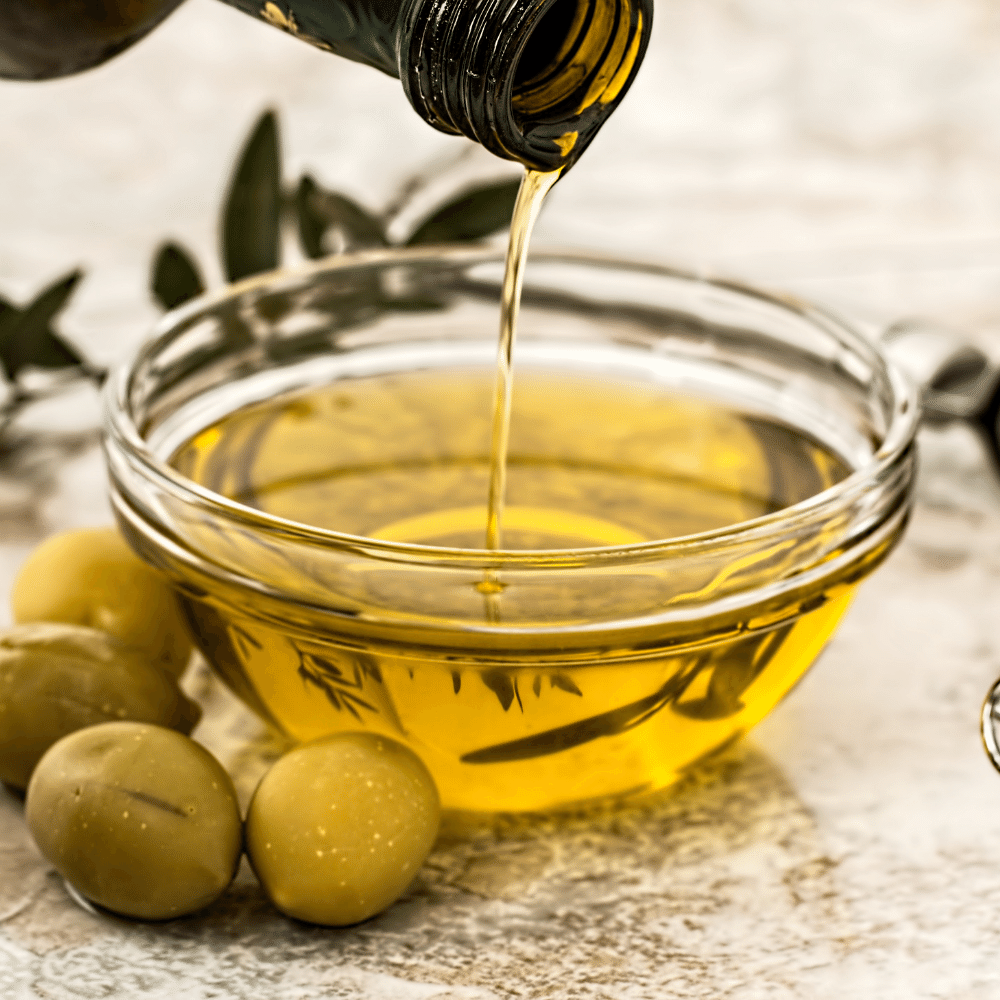
Olive oil is one of the most popular heart-healthy oils available today.
It contains large amounts of antioxidants, which can help improve overall cholesterol levels, lower blood pressure and reduce inflammation. It also contains large amounts of oleic acid,, a monounsaturated fatty acid that has been shown to be linked with a decreased risk of many diseases.
The best thing about using olive oil in your tamales?
You can substitute it directly for lard without making any additional changes to the recipe.
Just make sure you use a high-quality extra virgin olive oil so as to preserve as much of its nutritional value as possible.
Bacon Fat

If you’re making tamales, bacon fat is a great substitute for lard.
Bacon is already part of the tamale recipe, so why not replace fat with fat?
If you’re using ground pork in your tamales, don’t throw away that bacon grease; use it in your masa instead.
Since bacon grease has such a strong flavor and aroma, you won’t be able to tell that it’s there; all those flavors will blend well together.
Bacon grease can also be used in any recipe calling for vegetable shortening or butter.
Bacon grease isn’t vegan-friendly (it comes from an animal source), but if you don’t mind using lard as a substitute, this one is pretty awesome!
Grapeseed Oil or Sunflower Oil

Grapeseed oil is an all-around great substitute for lard in tamales.
Grapeseed oil has a mild flavor that won’t offend any of your guests, and it’s fairly easy to find at the grocery store, even if you’re not shopping at an organic or health foods store.
Grapeseed oil is rich in unsaturated fat, making it much better for your heart than lard.
Sunflower oil is another good option if you don’t have grapeseed on hand.
It’s very similar to grapeseed oil and has a very natural flavor that blends well with most ingredients.
Like grapeseed oil, sunflower oil can be used as a substitute for any other ingredient in this list!
Margarine
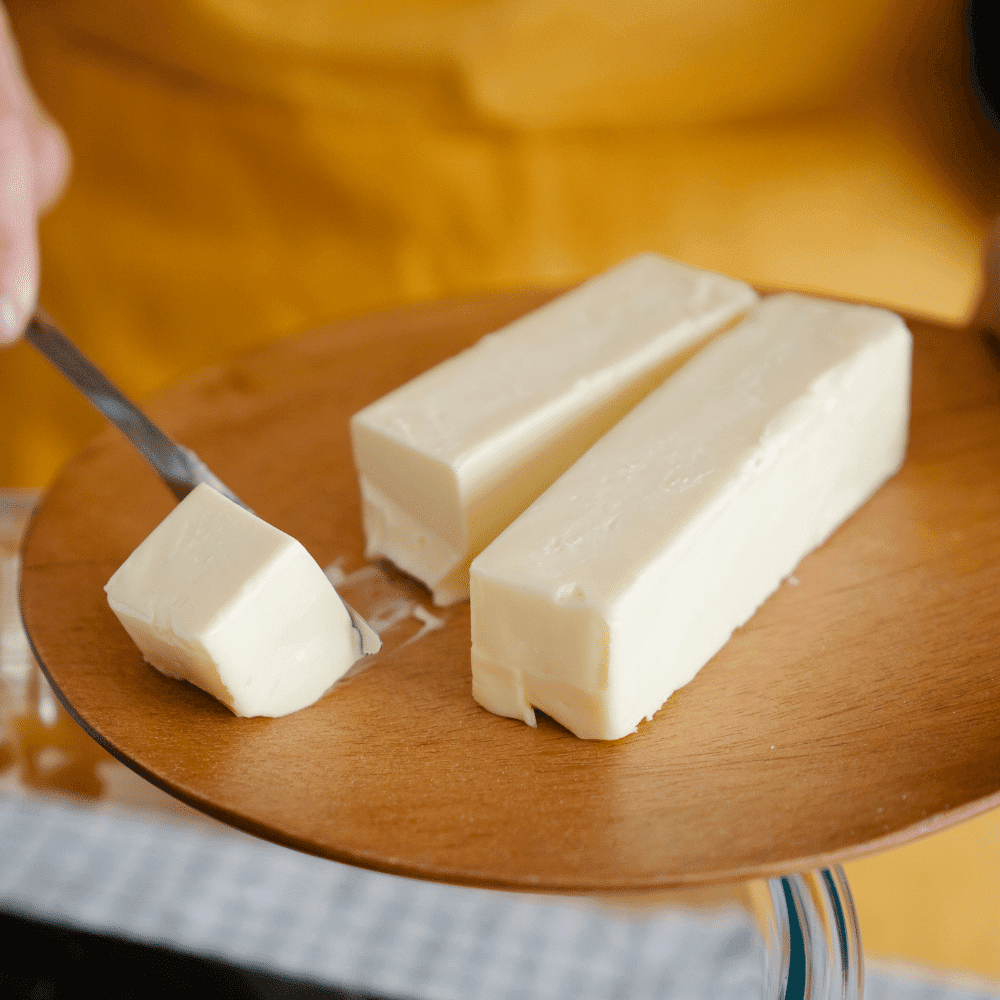
Margarine is made from vegetable oils and is a great heart-smart alternative to lard.
If you want something that behaves similarly to lard, use your margarine in a one-to-one ratio for the lard in your tamale recipe.
Margarine is sold in most supermarkets and can be found in the baking aisle with the butter, or maybe by the peanut butter.
Is Lard Necessary in Tamales?

Lard is not necessary in tamales, and here’s why:
There is no one way to make a tamale.
Tamales have been around for many years and have been made by many different cultures, each with their own recipes, traditions, and ingredients.
In some of these cases, lard has been used in tamales.
But in many other places, different fats have been used in place of lard—for various reasons, but sometimes just because lard wasn’t readily available or affordable.
So, what does this mean for you? If you’re looking to make tamales yourself and want to avoid using lard, the good news is that there are many alternatives!
What Does Lard Do in Tamales?

In tamales, lard is used to add moisture. When tamales are made, they are stuffed with a filling and wrapped in either a corn husk or banana leaf.
They are then steamed. Lard is mixed into the corn dough that surrounds the filling, and it helps to keep that dough moist during the steaming process.
This way, when you open up your tamale, you’re not going to find dry, crumbly dough surrounding your delicious filling.
Conclusion
And there you have it: a multitude of lard substitutes to choose from.
While many of the options may seem a bit strange, they are in fact quite tasty!
Next time you find yourself without the lard needed to make tamales, don’t fret.
Instead, try one of these substitutes and see how it works out.
If you’re looking to try something new with your tamale dough, give one of these ingredients a shot.
You can also incorporate some alternative ingredients into other dishes as well.
Vegetable shortening and olive oil can be used in most recipes that call for lard; butter is also an easy substitute that creates delicious results in many dishes.
Coconut oil is best when frying foods, but if you’re planning on baking something sweet, then shortening is better for the job.
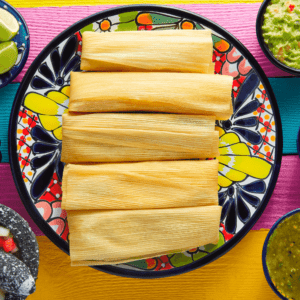
12 Best Substitutes for Lard in Tamales
Ingredients
- Grated, Cold Butter
- Ghee
- Coconut Oil
- Vegetable Shortening
- Chicken Fat
- Duck Fat
- Avocado Oil
- Almond Oil
- Olive Oil
- Bacon Fat
- Grapeseed oil or sunflower oil
- Margarine
Instructions
- Pick any of the alternatives from this list to use in your tamales.
- Prepare the rest of your meal.
- Be ready to munch in no time!
Hi, I'm Benjamin. I love cooking, long walks, and my girlfriend! Here you’ll find simple and delicious recipes that you can make in 30 minutes or less.

